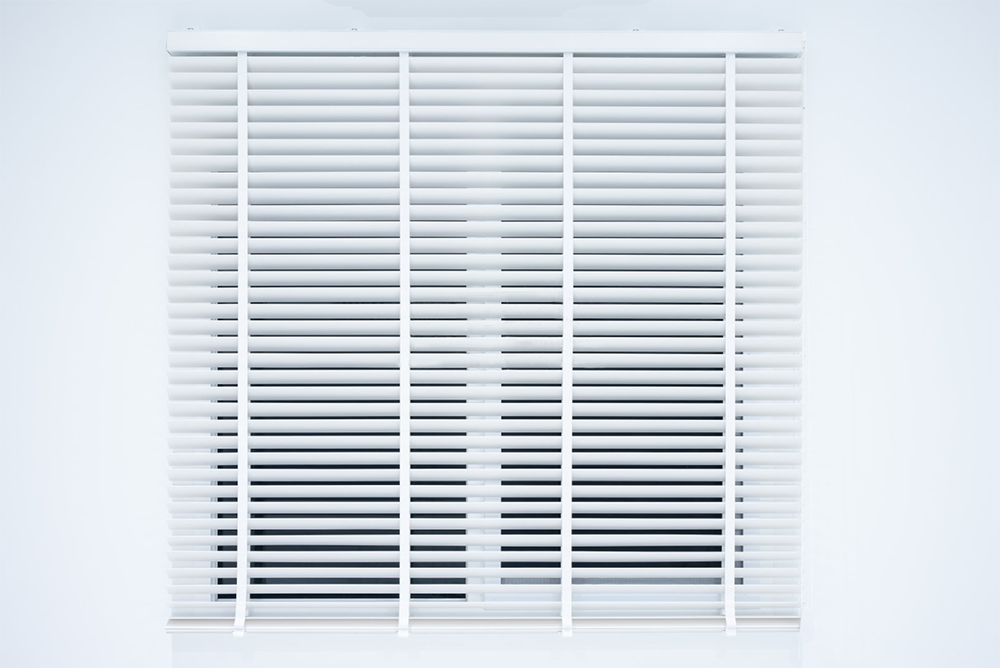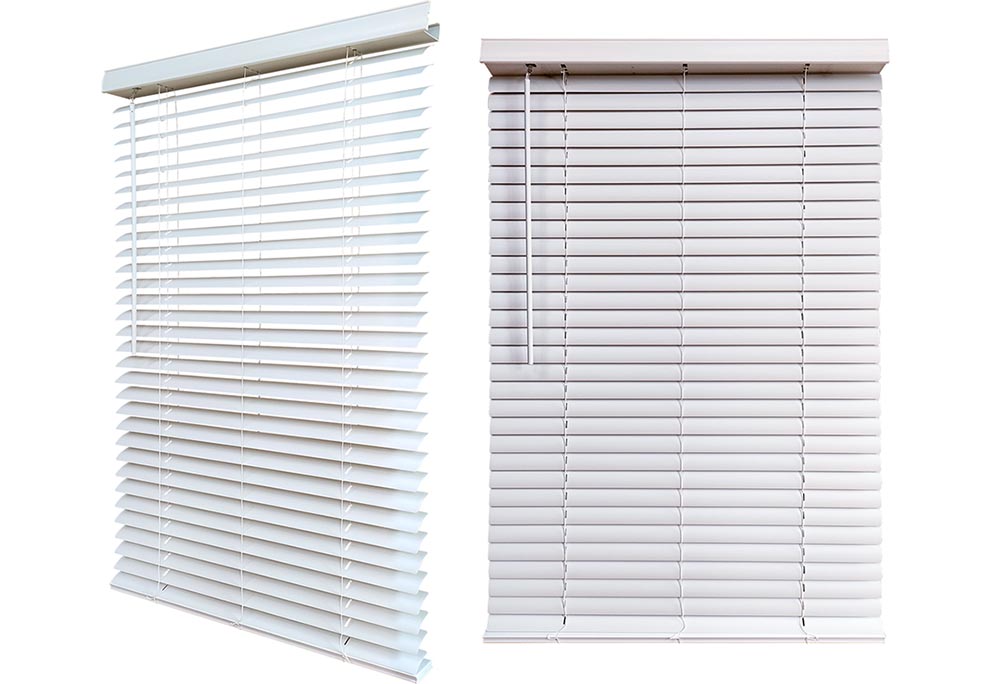When it comes to child safety, every detail in the home matters – and PVC venetian blinds with traditional cord designs are no exception. In Europe and America, where regulations on children’s product safety are strict, the exposed cords of conventional PVC venetian blinds pose a serious risk of strangulation for young children, who may get tangled in them. While the EU has introduced relevant standards like EN 13120 to tackle this issue, many users still end up with products that don’t meet the new regulations or struggle to tell if “cordless design venetian blinds“ are truly safe. Let’s break down the problem and explore solutions to keep your little ones protected.
Understanding the Risks of Corded Designs
Traditional PVC venetian blinds often feature looped cords, pull cords, or chain drives to adjust the slats and raise or lower the blinds. These cords, if left dangling, can form loops that a curious toddler might crawl through or get caught around their neck. Tragically, such incidents can lead to suffocation in a matter of minutes. Even cords that seem short can become hazardous if a child climbs on furniture to reach them, creating enough slack to form a dangerous loop. This is why regulatory bodies like the EU have taken action to enforce stricter safety standards.
Navigating Safety Standards: What to Look For
The EN 13120 standard, widely adopted in the EU, sets strict requirements for window coverings, including PVC venetian blinds, to minimize cord-related risks. Here’s how to ensure the blinds you buy comply:
• Check for certification labels: Look for clear markings or labels indicating that the product meets EN 13120 or equivalent regional standards (such as ASTM F2057 in the US). These labels are usually printed on the product packaging or attached to the blinds themselves. Reputable manufacturers will proudly display these certifications to demonstrate compliance.
• Inspect cord length and tension: EN 13120 mandates that cords must be kept short enough to prevent loop formation when the blinds are in use. They should also have tension devices that retract the cords when not in use, eliminating loose, dangling lengths. Avoid any blinds with long, unregulated cords that hang freely.
• Avoid “loop cords“ altogether: The safest option under the standard is blinds without looped cords. If a product still uses looped cords, it’s likely non-compliant with the latest regulations, so steer clear.
Embracing Cordless Designs: How to Choose Safely
Cordless PVC venetian blinds are designed to eliminate the risk of strangulation, but not all cordless options are created equal. Here’s what to consider when shopping for them:
• Mechanical cordless systems: Opt for blinds with spring-loaded or push-pull mechanisms. These allow you to adjust the slats or raise/lower the blinds by simply pushing or pulling the bottom rail, with no cords involved. Test the mechanism in-store if possible to ensure it’s smooth and easy to operate – a stiff system might lead to frustration, but more importantly, a poorly designed one could pose hidden risks.
• Motorized options: Motorized PVC venetian blinds, controlled by a remote or wall switch, are another safe choice. They have no exposed cords at all, making them ideal for homes with young children. While they may be more expensive upfront, the peace of mind they offer is invaluable.
• Verify safety claims: Don’t just take a manufacturer’s word for it that a “cordless” blind is safe. Look for independent safety certifications or reviews from trusted sources. Some products may claim to be cordless but still have small, hidden cords or loops, so a thorough inspection is key.
Additional Safety Tips for Existing Blinds
If you already have corded PVC venetian blinds and can’t replace them immediately, take these steps to reduce the risk:
• Shorten cords: Cut any excess cord so that the remaining length is too short for a child to form a loop around their neck. Secure the ends with cord stops to prevent them from unraveling.
• Keep cords out of reach: Use cord cleats to wrap and secure the cords high up on the wall, well out of a child’s reach. Make sure the cleats are installed securely and that the cords are wrapped tightly to avoid slipping.
• Move furniture away: Keep cribs, beds, chairs, and other furniture away from windows with corded blinds. Children love to climb, and putting furniture near the blinds gives them easy access to the cords.
Child safety should never be compromised, and when it comes to PVC venetian blinds, the right choice of design and compliance with standards can make all the difference. By opting for certified, cordless or low-risk corded options, and taking proactive steps to secure existing blinds, you can create a safer home environment for your little ones. Remember, a few extra minutes spent checking certifications and inspecting designs can go a long way in preventing accidents.
Post time: Aug-18-2025


